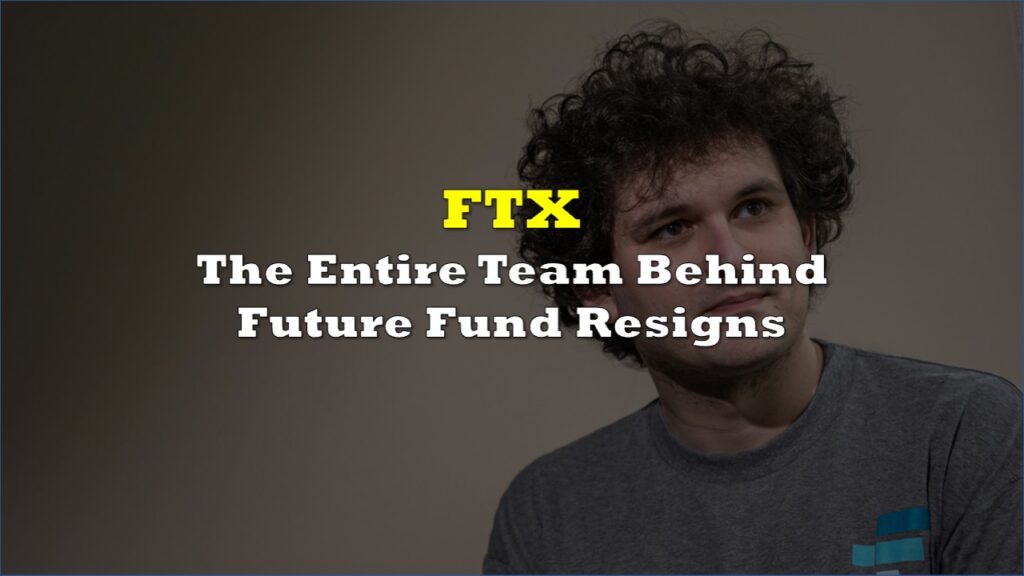When the FTX crypto exchange imploded in November and it was revealed that the company may have “engaged in deception or dishonesty,” the entire team behind the Sam Bankman-Fried-backed philanthropic fund, FTX Future Fund, resigned.
With the announcement, they told the fund’s beneficiaries that they were “devastated to say that it looks likely that there are many committed grants that the Future Fund will be unable to honor.” And now, months later, as FTX’s new leadership works on recovering funds to repay creditors, beneficiaries are left with either no funding, or with funding but with fears of forced repayment, or an ethical dilemma.
The Future Fund was one of FTX’s two philanthropic arms and it gave grants to projects that focused on “long-term improvements for humankind” like biosecurity and AI safety. The other arm, FTX Foundation, was a charity that supported health, pollution, and climate initiatives.
1/ We're thrilled to announce the FTX Foundation's Future Fund. We make grants and investments to ambitious projects to improve humanity's long-term prospects.
— Future Fund (@ftxfuturefund) February 28, 2022
We plan to deploy >$100M this year, and potentially a lot more (in principle up to $1B).https://t.co/kIWdm48LZ4
Established in February 2022, just a few months before the collapse, the fund had pledged to spend $100 million to $1 billion in its first year. Reuters reports that the fund had spent $132 million on 262 grants and investments as of June 2022, citing archived snapshots of its now-deleted website.
The website also indicates that at least 20 researchers at top universities including Cornell, Princeton and Brown in the United States, and Cambridge in Britain received grants amounting to $100,000 each, while over $13 million was given to university-linked research projects.
For some beneficiaries, the funding just never came. A PhD candidate told Reuters that he had to drop out of his philosophy of computer science program at the University of Cambridge.
Those who had received their funding before the exchange’s swift collapse face the ethical battle of choosing between using the funding they were fairly awarded or returning it as FTX tries to recover assets to pay back its creditors. While some fear the possibility of being asked to hand back the money per US bankruptcy law.
The law stipulates that a company can issue a “clawback order” for payments made within 90 days of a Chapter 11 bankruptcy filing. Early in February, FTX notified recipients of payments to return their funds by the end of February, it did not directly reference Future Fund or its grantees.
FTX has two years from the date of bankruptcy, which is November 11, 2022, to file clawback claims, and so far, none of the Future Fund’s beneficiaries have received a formal demand letter.
Information for this briefing was found via Reuters, Twitter, and the sources and companies mentioned. The author has no securities or affiliations related to the organizations discussed. Not a recommendation to buy or sell. Always do additional research and consult a professional before purchasing a security. The author holds no licenses.





